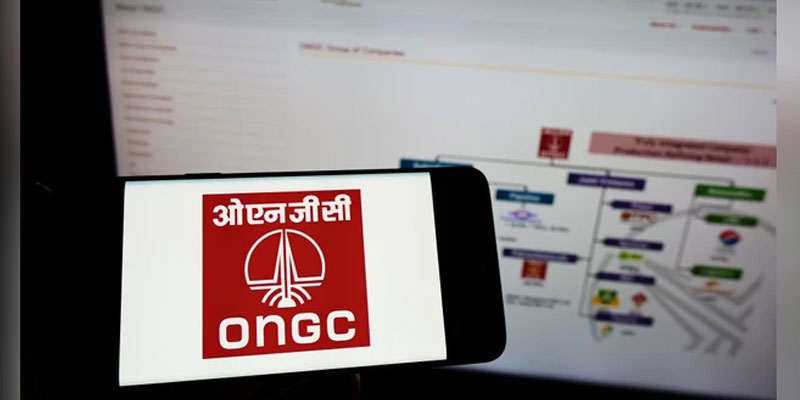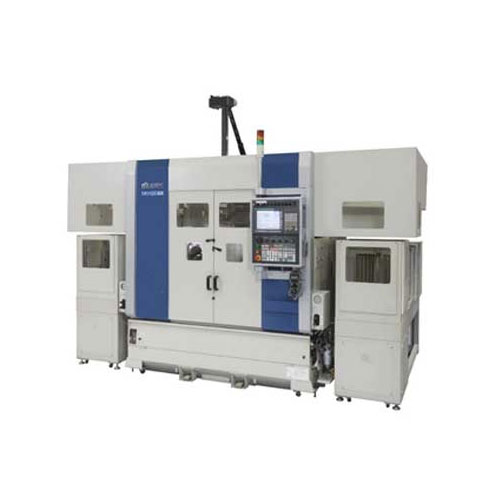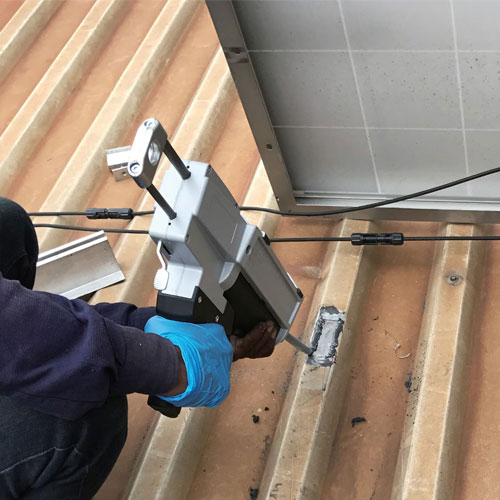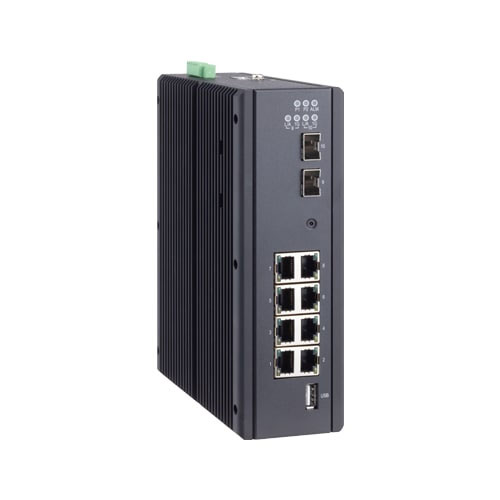Schedule a Call Back
Vitrified wheels for bevel-gear grinding
 Technical Articles
Technical Articles- May 04,16
3M Cubitron II Vitrified wheels not only raise the grinding parameter bar significantly, but when used on the Klingelnberg G Series machines, interact perfectly to ensure a highly productive grinding process and superior gear quality.
 As the last production step in bevel gear cutting, gear grinding has a very important role to play. Roughing and finishing grinding often coincide, especially in the automotive industry. Within this context, the topography and pitch of case-hardened gear teeth must be achieved with tolerances of just a few microns, in addition the required surface finish must be realised without incurring grinding burn. The key issue here is to eliminate the hardening distortions, which lead to significant allowance fluctuations within the process. At the same time, the intergranular oxidation layer that results from the hardening process, and which causes loading on the grinding wheel, must be removed. This process renders the ground component susceptible to thermal microstructural damage, and as this has a detrimental effect on the component service life, it must be avoided.
As the last production step in bevel gear cutting, gear grinding has a very important role to play. Roughing and finishing grinding often coincide, especially in the automotive industry. Within this context, the topography and pitch of case-hardened gear teeth must be achieved with tolerances of just a few microns, in addition the required surface finish must be realised without incurring grinding burn. The key issue here is to eliminate the hardening distortions, which lead to significant allowance fluctuations within the process. At the same time, the intergranular oxidation layer that results from the hardening process, and which causes loading on the grinding wheel, must be removed. This process renders the ground component susceptible to thermal microstructural damage, and as this has a detrimental effect on the component service life, it must be avoided.
Process development
When developing the bevel gear grinding process, the two main objectives are to increase productivity and to improve process reliability. The latter is an important factor in ensuring that the strict requirements related to geometric component accuracy are met. These conditions must be achieved in a reliable and reproducible manner, without compromising the surface finish of the tooth flank. This produces conflicting aims, which cannot be resolved with the sintered corundum grinding material commonly used today.
An increase in productivity calls for the kind of demanding machining parameter that can result in poor surface characteristics and thermal microstructural damage, conditions that must be avoided at all costs.
The special cutting characteristics of the new 3M™ Cubitron™ II vitrified grinding wheels go some way toward resolving the conflicting objectives described above. The use of Cubitron II vitrified grinding wheels ensures that the thermal load on the component is significantly reduced, thereby lowering the risk of grinding burn whilst considerably boosts productivity.
When manufacturers attempt to develop grinding wheels specifically for machining bevel gears, they need to design the grinding wheel in such a way as to achieve sound roughness values – even in the face of more demanding cutting data – and also to minimise macrogeometric wear. Satisfying these conditions provides the foundation for reproducibly high component quality. Low grinding wheel wear minimises the extent to which the machine must compensate for pitch errors, making the process less susceptible to component batch fluctuations. As a consequence the entire process becomes more reliable, dressing cycles can be reduced, grinding wheels’ service lives can be extended and considerable savings in time and money can be achieved.
Triangles improve chip formation
The individual grinding grains that are contained in the aluminium-oxide grinding material, typically used for bevel gear grinding today, exhibit a random geometry, which, except for a few edges, are approximately spherical in shape. When machining with these grains, the cutting conditions that typically occur are unfavourable and are characterised by extremely negative rake angles. The grains first ‘plough’ through the workpiece, throwing up material before chips are formed. Due to the elastic and plastic deformation of the material and as a result of friction, a large amount of energy is generated and introduced directly into the component as heat. The key advantage of the new 3M Cubitron II vitrified grinding wheel relates to the triangular shape of its grinding material. Cubitron II consists of accurately shaped triangles of uniform size – 3M Precision-Shaped Grain. The precise triangles are made from sintered aluminium oxide (sintered corundum) and feature an edge length of approximately 0.4 mm and a thickness of approximately 0.08 mm. Even when the triangles are randomly arranged in the grinding wheel, relatively favourable cutting conditions will always prevail. This is thanks to the defined grain shape with its even surfaces and comparatively small average wedge angles of 60° and 90°. These factors ensure that users can expect to experience more advantageous chip formation, the generation of considerably less deformation energy and a significant reduction in thermal load on the component rim zone.
“The defined fracture planes of the triangular grain account for the fact that sharp edges are always present after dressing. Due to the self-sharpening effect, the cutting conditions are not negatively impacted, even in the event of wear on the cutting grain. As a result, the grinding wheel does not become dull,” explained Jürgen Hechler, “grinding material expert at 3M. Increasing productivity, without grinding burn chip formation, with the Cubitron II vitrified grinding wheels is hugely beneficial and helps to significantly reduce heat input into the component. This minimises the risk of thermal microstructural damage to the component rim zone.”
A basic test was carried out using the same grinding parameters for series production when machining automotive ring gears (a process that comes close to causing grinding burn due to the full-surface contact between the grinding wheel and tooth flanks. During this test, it proved possible to dispense with the Waguri spindle (eccentric grinding wheel spindle), which is normally responsible for ensuring a minimum level of process cooling, with no resultant grinding burn. When compared with conventional grinding materials, 3M Cubitron II vitrified wheels are capable of removing as much as double the material during bevel-gear machining – depending on the process – without causing grinding burn, or compromising surface finish.
Reduced wear
Macrogeometric wear on the grinding wheel can be influenced by the internal structure of the 3M Cubitron II vitrified grinding wheels (grain splitting), the relative pore volume, and the hardness of the vitrified bond.
During the immersion-grinding of ring gears, the use of a grinding wheel with suitable specifications can reduce tool wear by up to 70%, when compared with a standard sintered corundum grinding wheel. This represents a major step forward in terms of process reliability, as the necessary wheel wear compensation values are lower. Consequently, the pitch quality of the gear teeth is significantly less affected by allowance and quality fluctuations from one component to another. In addition the different material batches that affect tool wear have less influence. At the same time, dressing cycles can be reduced by up to two thirds. This has positive effects in regard to the grinding wheel tool life – by tripling it (+ 200 %) and reducing the load on the diamond dressing roll.
Automotive industry benefits
The 3M Cubitron II vitrified grinding wheels are suitable for all Klingelnberg bevel gear grinding machines. The new grinding material‘s high levels of productivity and process reliability, coupled with the longer tool life, make it ideal for the mass production of gear sets for automobiles and commercial vehicles. The use of Cubitron II vitrified grinding wheels is an especially attractive and cost-effective option for applications where the number of grinding passes can be reduced without any loss of quality. The new grinding wheels will also appeal to users who need to machine large volumes of material within a short space of time.
Grinding material taps into new possibilities
Thanks to the development of 3M Cubitron II vitrified grinding wheels, the machines in the Klingelnberg G Series are able to come closer to achieving their full potential. 3M Cubitron II vitrified grinding wheels break through the limits imposed by previous grinding wheels and are the key to achieving greater cost effectiveness with reproducible high-quality results. In certain respects, those innovative grinding wheels close the gap between conventional sintered corundum and CBN (cubic boron nitride): it offers significantly better performance and form stability than sintered corundum, but without the exorbitant tool costs and lack of flexibility in the grinding wheel profile that results in the use of CBN tools.
Related Stories

Aimtron enters railway signalling with focus on safety-critical electronics
Aimtron Electronics has expanded into railway signalling electronics, leveraging its regulated manufacturing expertise to support safety-critical rail and metro infrastructure in India.
Read more
How is AI shaping the future of cement milling?
AI is transforming cement milling by enabling dynamic, data-driven control that improves energy efficiency, stabilises throughput and enhances asset reliability. By leveraging real-time data, predic..
Read more
ONGC to Take 50 per cent Stakes in Ethane Shipping JVs
Partnership with MOL to operate US–India ethane carriers
Read moreRelated Products

Compact Fmc - Motorum 3048tg With Fs2512
Meiban Engineering Technologies Pvt Ltd offers a wide range of Compact FMC - Motorum 3048TG with FS2512.

Structural Adhesive for Solar Panel Roof Mounting
Parson Adhesives India Private Ltd offers a wide range of structural adhesive for solar panel roof mounting – Partite 7535.

Industrial Tsn Switch
Contec launches a future-ready Industrial TSN Switch- SH-9210TSN.












